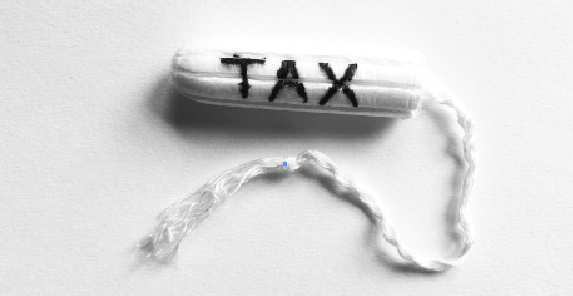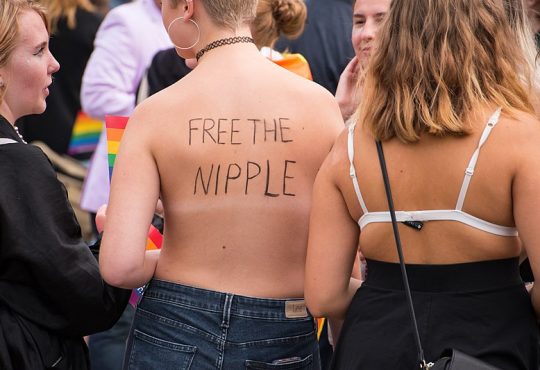
In Malcolm Gladwell’s provocative essay “John Rock’s Error,” he discusses the ‘demographic transition’ of Western societies from a status quo of high to low fertility rates. This has had a significant impact on patterns of menstruation—the contemporary Western woman menstruates between 350 to 400 times in their lifetime, on average.
This is a landmark change. Beverly Strassmann, a professor of anthropology at the University of Michigan, conducted research among the Dogon people of Mali to gain insight into menstruation patterns in a pre-industrial society. She found that the average Dogon woman menstruates about 100 times in her life.
This difference is largely explained through the usage of contraceptives and birth control methods, which were not utilized by Dogon people at the time Strassmann did her research.
Technological advances in birth control techniques have played a major role in empowering women, but it has also resulted in a significant increase in menstruation.
This leads us to the topic at hand, which is the tampon tax, a term that has gained increased prevalence in recent years that is often used to criticize such taxes.
First, women are forced to pay for a product related to a biological function not under their control. More specifically, in the majority of states, feminine hygiene products are classified as ‘luxuries,’ and therefore are subject to sales tax.
Five states currently consider feminine hygiene products to be necessities and tax-exempt: Michigan, Pennsylvania, Maryland, New Jersey and Massachusetts.
Legislation has also been introduced in California to abolish sales tax on feminine hygiene products.
According to a news release from the office of the bill’s sponsor, Assemblymember Cristina Garcia, California women pay $7 a month on average on tampons and sanitary napkins, with $20 million going to the state in the form of taxes.
The tampon tax is another form of discrimination against women, and it is regressive, in that it hits women living in poverty particularly hard.
This is exacerbated by the gendered wage-gap; women earn 78 cents on the dollar in comparison to men, according to a report issued by the White House in 2015.
The fact that 40 states, excluding those aforementioned and the five states with no sales tax, have explicitly labeled feminine hygiene products as ‘luxury items’ is an injustice.
Quite frankly, it is another iteration of an ingrained patriarchal system that seeks to marginalize women socially, economically and politically through both implicit and explicit mechanisms.
Luckily for students here at Puget Sound, CHWS has recognized the issues attached to the tampon tax, and provides tampons for free at its office in the S.U.B.
This demonstrates a recognition of the fact that feminine hygiene products are a necessity, and should be classified alongside other tax-exempt medical essentials, such as prescription medicine, prosthetics and some over-the-counter drugs.
Unfortunately, this issue continues to be largely unrecognized at the level of state politics.
Until state legislatures pass measures that explicitly recognize these products as a necessity instead of a luxury, women will continue to be hit with an undue economic burden, simply for being an American woman in the 21st century.





